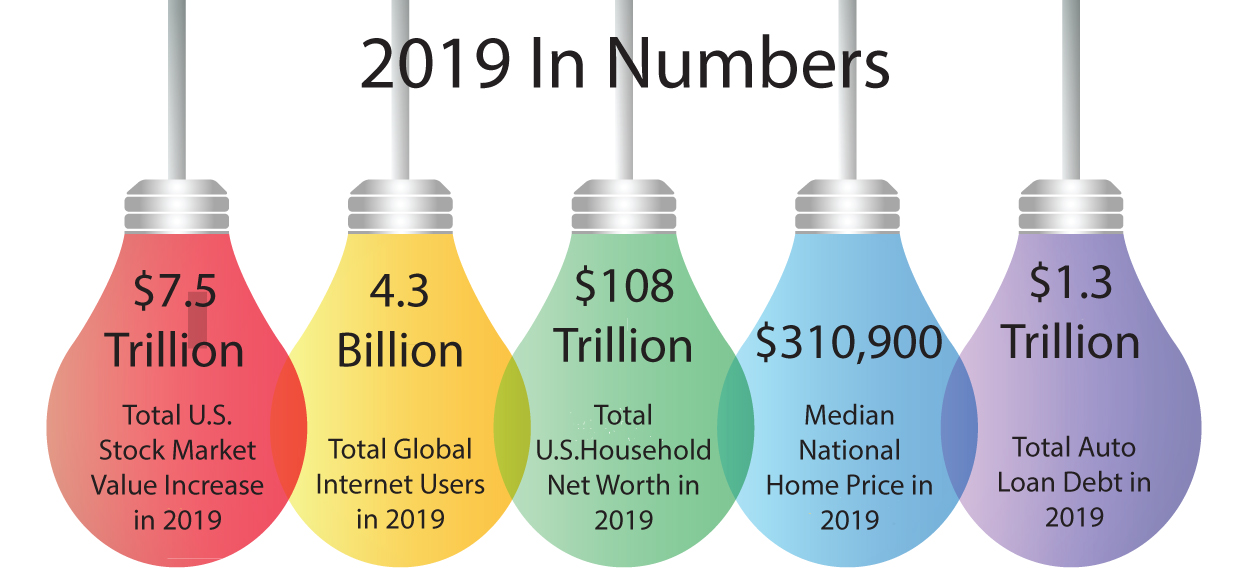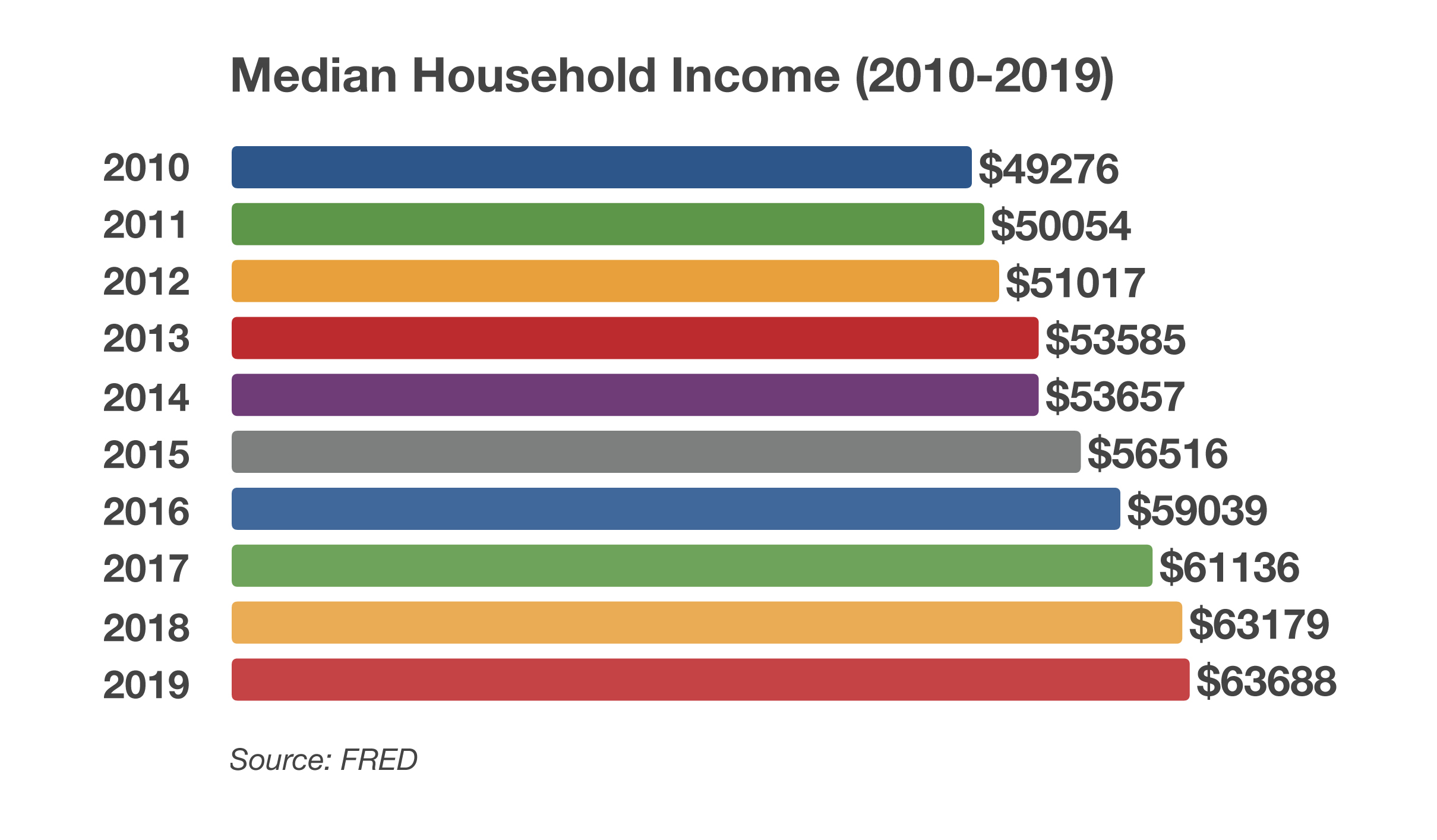Stock Indices:
| Dow Jones | 42,270 |
| S&P 500 | 5,911 |
| Nasdaq | 19,113 |
Bond Sector Yields:
| 2 Yr Treasury | 3.89% |
| 10 Yr Treasury | 4.41% |
| 10 Yr Municipal | 3.31% |
| High Yield | 7.26% |
YTD Market Returns:
| Dow Jones | -0.64% |
| S&P 500 | 0.51% |
| Nasdaq | -1.02% |
| MSCI-EAFE | 17.30% |
| MSCI-Europe | 21.20% |
| MSCI-Pacific | 10.50% |
| MSCI-Emg Mkt | 8.90% |
| US Agg Bond | 2.45% |
| US Corp Bond | 2.26% |
| US Gov’t Bond | 2.44% |
Commodity Prices:
| Gold | 3,313 |
| Silver | 33.07 |
| Oil (WTI) | 60.79 |
Currencies:
| Dollar / Euro | 1.13 |
| Dollar / Pound | 1.34 |
| Yen / Dollar | 144.85 |
| Canadian /Dollar | 0.72 |
I recently attended the 2020 Catholic Foundation Investment Forum of North Georgia, but no, I am not Catholic. As your Investment and Wealth Advisor, it is my job to help you define and reach your goals. Some of my Clients are Catholic and would like to invest in companies that further Catholic Values. Others are far more concerned about personal liberty or environmental issues, and still others value family first. Besides basic Life-event Planning, many of KCG’s Clients are concerned about Leaving a Legacy or Furthering a Cause. Whatever concern you hold near and dear in your heart, it is becoming more possible all the time, to design investment portfolios that put those values into practice while growing at an acceptable rate or generating needed income.
This may not sound like an appropriate topic for KCG’s Market Commentary and Investment Perspective newsletter, but it is something that we are each going to have to consider and plan for as change is happening at a remarkable pace. For example, Morningstar now scores stocks and funds for Environmental, Social and Governance criteria, seeking profitable companies making positive contributions to society. MSCI now has a screening tool that allows you to screen stocks to identify and eliminate companies that invest in tobacco or weapons…or that have a big carbon footprint.
Blackrock CEO Larry Fink is among the world’s most powerful investment managers and Blackrock is the world’s largest asset manager. Who doesn’t own iShares? (…if not in their personal holdings, perhaps in a 401k or other retirement account.) “We believe that sustainability should be our new standard for investing,” Fink wrote to clients in his annual letter this week. He has announced his intention to remove companies that don’t meet his environmental standards from any of Blackrock’s actively managed funds, and he predicts a new, environmentally friendly S&P index by 2021. BlackRock does not own enough stock to dictate to CEOs. But between BlackRock, Vanguard Group and State Street the three indexing giants hold roughly a fifth of the S&P 500 through their funds and are often the three biggest shareholders. Changing the way 20% of actively managed money is put to work will most certainly affect index performance which is what we call “passive investing”. He is talking about going one step further… using existing assets under management to impact not only active, but also passive indices by taking a lot of money away from those (S&P) index companies that don’t fall in line. The Wall Street Journal Editorial Board has voiced their concerns, saying, “BlackRock is a fiduciary and as such is legally obligated to act in its clients’ best interest. So what happens if Mr. Fink’s political and climate predictions prove wrong? His clients will pay the price.”
My point is not to take a stand one way or the other, but to point out the need to work with KCG, as your Advisor. KCG is aware of how fund managers and stock company CEO’s and Board Members are using your money to make the impact they believe in. Ask yourself…
Do I want to hold existing investments that have changed their Investment Policies? Do I agree with those policies?
Am I willing to make less profit on my investments in order to further my cause(es) financially? How much less? How much of an impact can I make?
Do my children and I share those values? As my beneficiaries, do I want to consider their priorities as I invest today?
It is possible to invest to accomplish the goals (growth, income, philanthropy) of more than one generation; of more than one sibling; of more than one beneficiary at one time. The first step is awareness. The next step is to start a conversation. I can help. I am here to listen.

